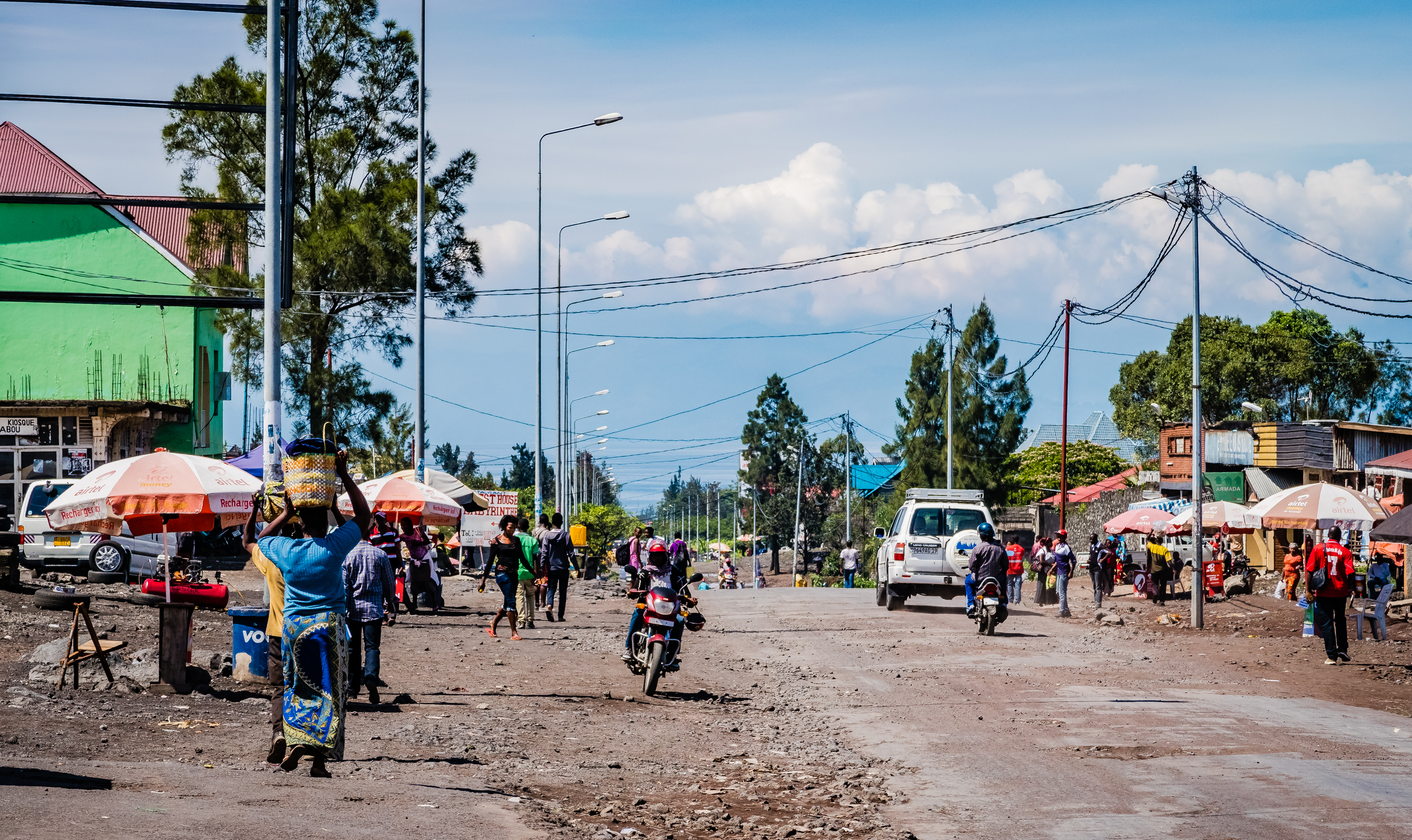By bridging regulatory gaps and reducing uncertainties, we aim to accelerate the adoption of solar energy, empowering communities and economies alike
Our strategy is rooted in balance, combining agility with long-term sustainability. We appoint institutional investment managers with regional expertise, enabling swift decisions and leveraging local knowledge for maximum impact. Through internal capacity-building initiatives, we ensure that our global experience translates into enduring benefits for all stakeholders
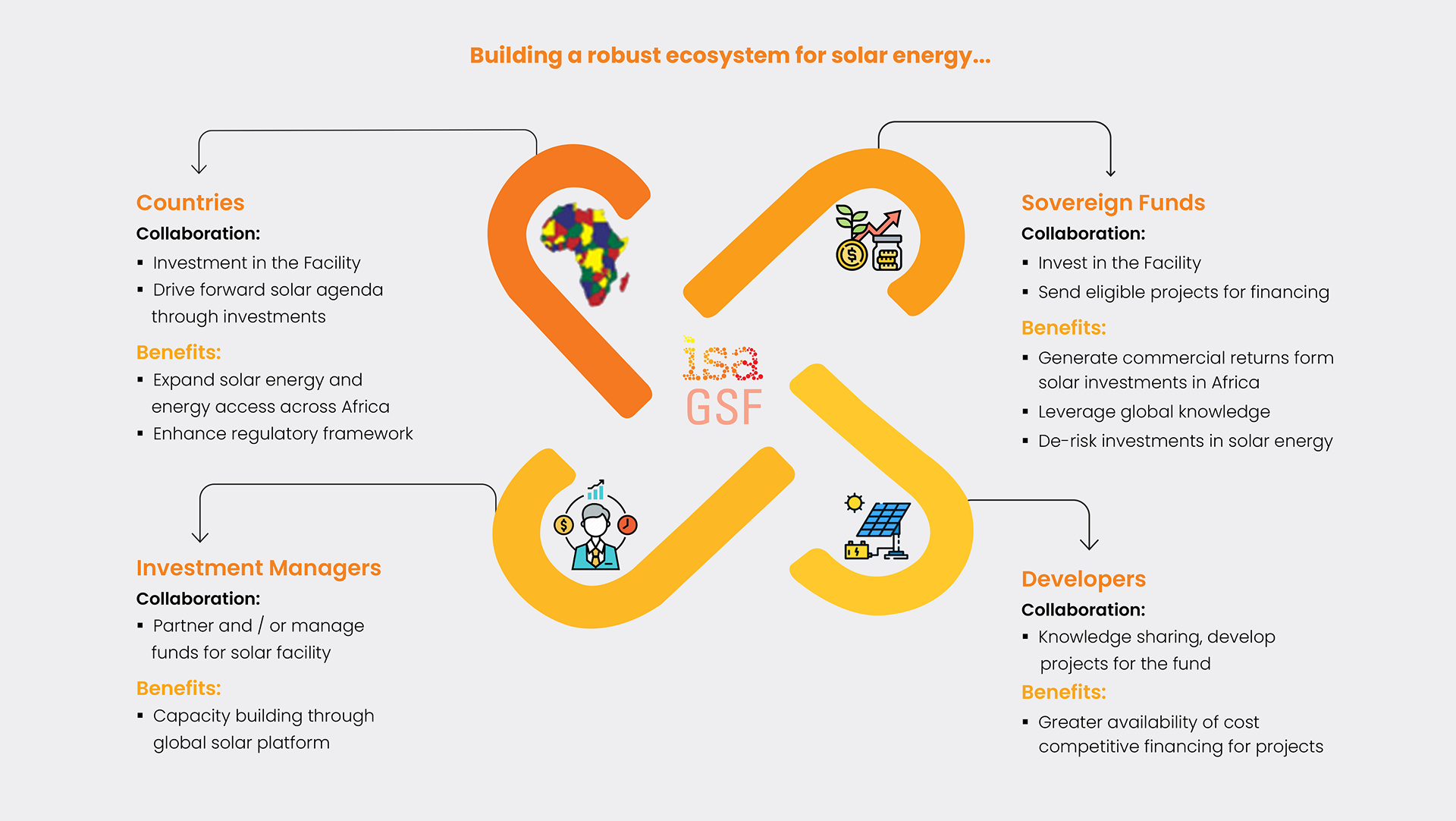
A Partnership for Impact
In September 2023, the International Solar Alliance (ISA) signed an MoU with the Multilateral Investment Guarantee Agency (MIGA) to unlock investments in solar projects across Africa. A key focus of this partnership is reducing the cost of political risk guarantees, essential for making projects viable in fragile environments.
The Nuru Project in the Democratic Republic of Congo (DRC) was selected as the first pilot under this collaboration. ISA stepped in to help lower the cost of MIGA’s political risk insurance, making it easier for investors to come on board.

Strategic Relevance
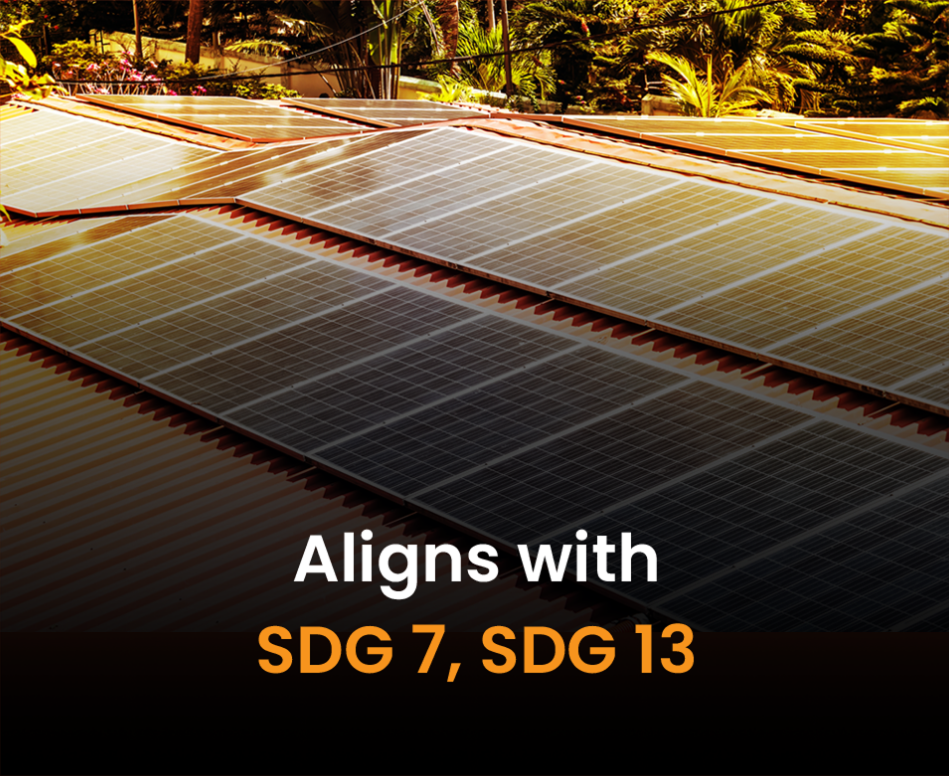
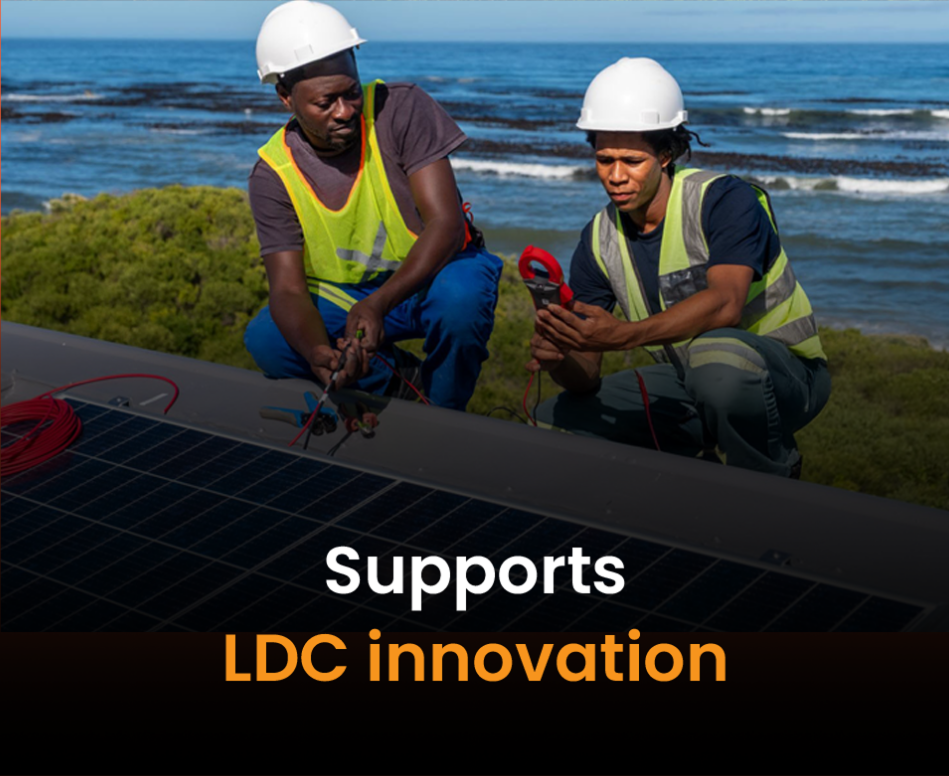
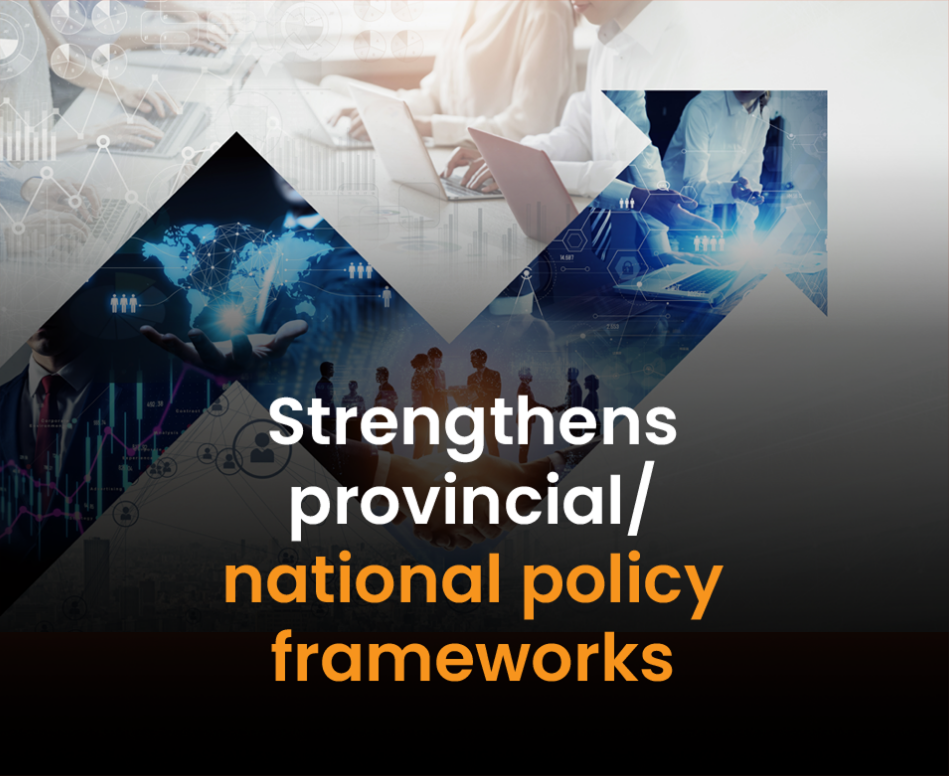

Why Democratic Republic of the Congo (DRC)?

Population: 86 million, of which
77% live in extreme poverty
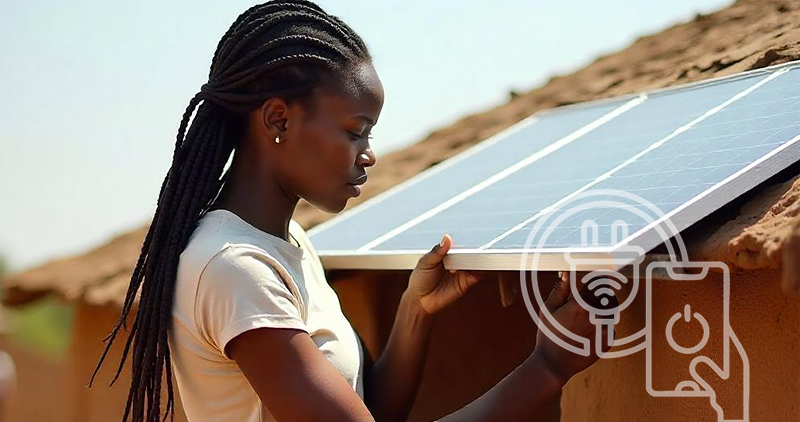
Population: 86 million, of which
77% live in extreme poverty

Population: 86 million, of which
77% live in extreme poverty

Population: 86 million, of which
77% live in extreme poverty
At a Glance: The Nuru Project
‘Nuru’, meaning ‘light’ in Swahili, is developing four solar hybrid metro/mini-grids in:
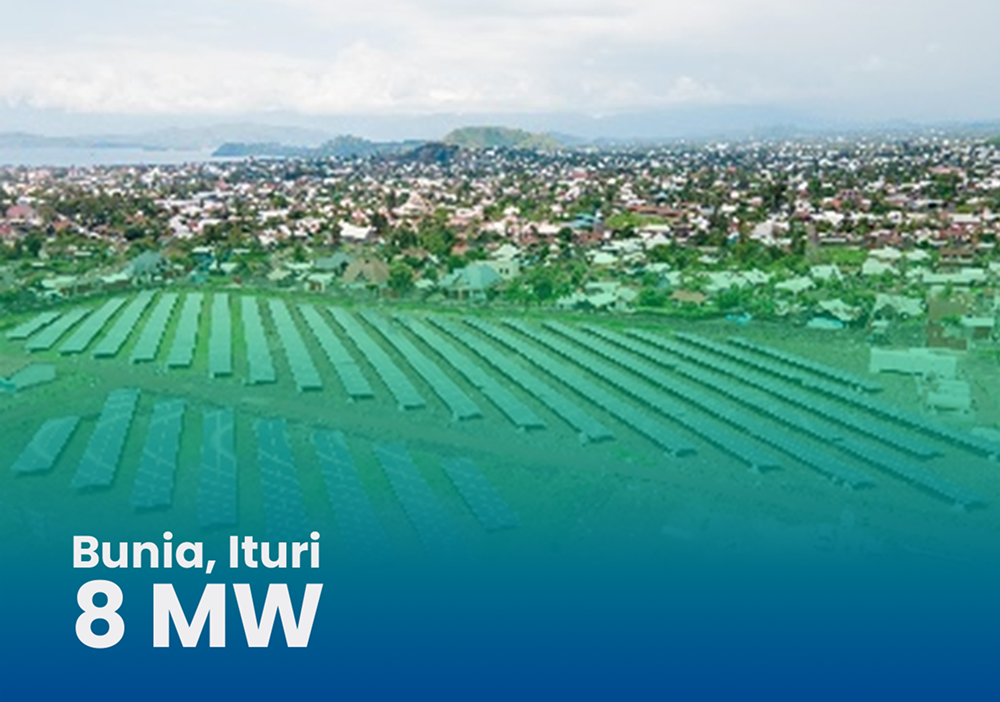
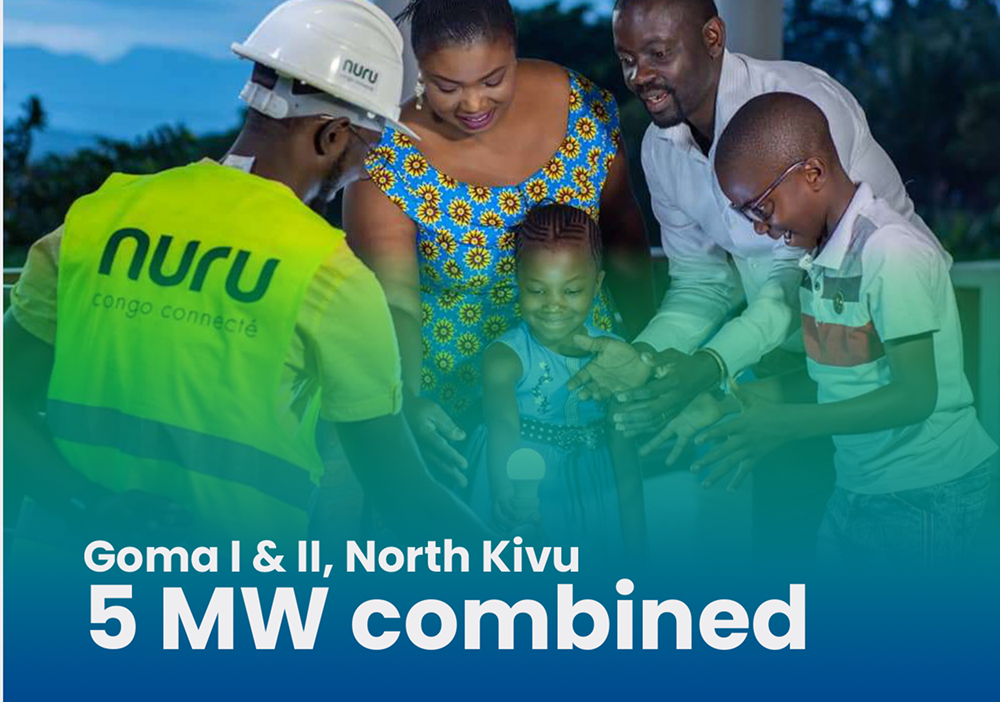
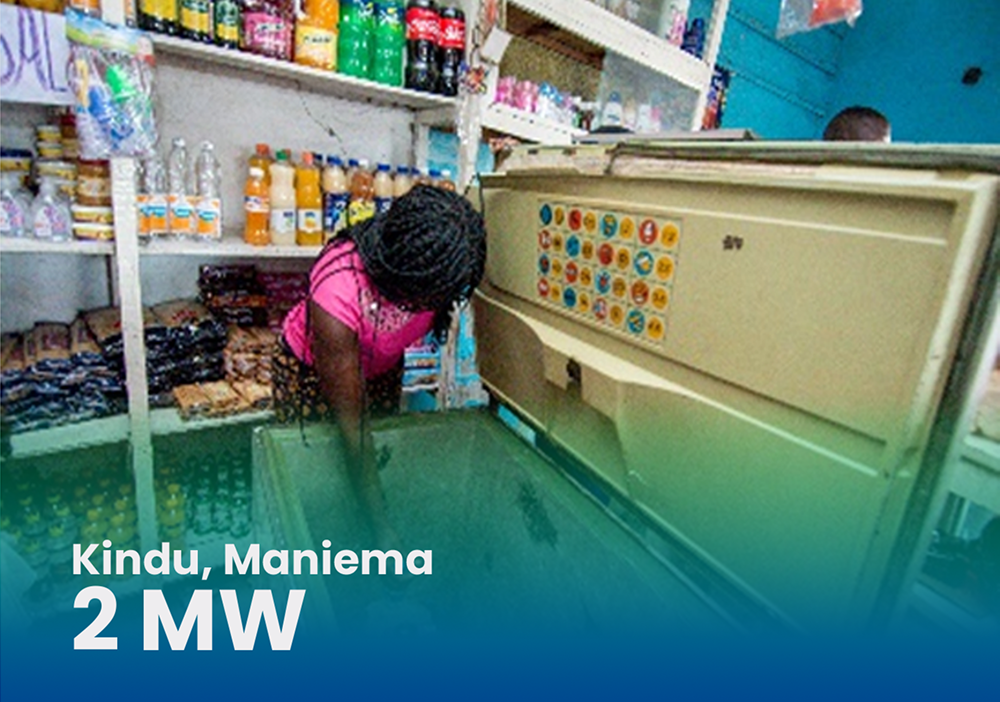
- Solar photovoltaic panels
- Battery storage
- Diesel generators (for backup)
- 100+ kms of off-grid distribution infrastructure
- Power generation and distribution licenses
- Exclusive concession agreements with provincial governments
- 10-year power purchase agreements (PPAs) with residential and commercial users
- Power is supplied through a smart meter on a prepaid basis, and most transactions are through formal banking methods (only ~15% transactions are in cash)
- Even in low-income communities, demand exceeds supply. Goma I, already operational, has a 120% subscription, which is rare for mini-grid projects.
- High-Risk Environment: Operating in conflict-prone areas with weak institutions and unstable regulations poses significant risks, including expropriation and civil unrest.
- Financing Gaps: Local lending rates exceed 20%, making financing unaffordable for many.
- Total Project Cost: US$70 million: Includes infrastructure, generation, and logistics challenges
ISA’s Catalytic Role

To make the project viable, ISA committed to covering a significant share of the insurance premium by providing US$450,000 per year for three years (totalling US$1.35 million). This had a ripple effect:

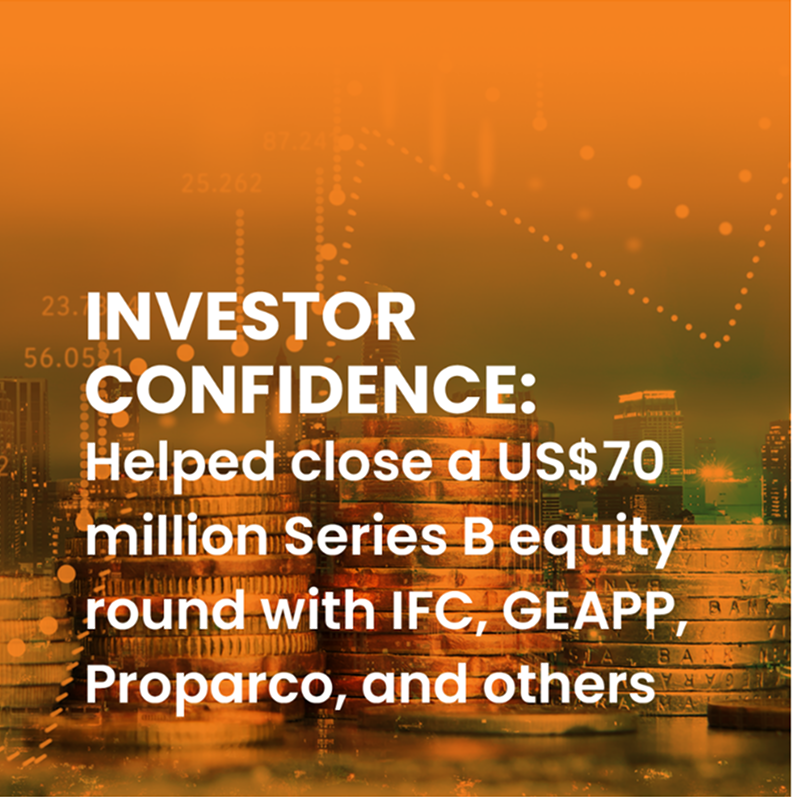
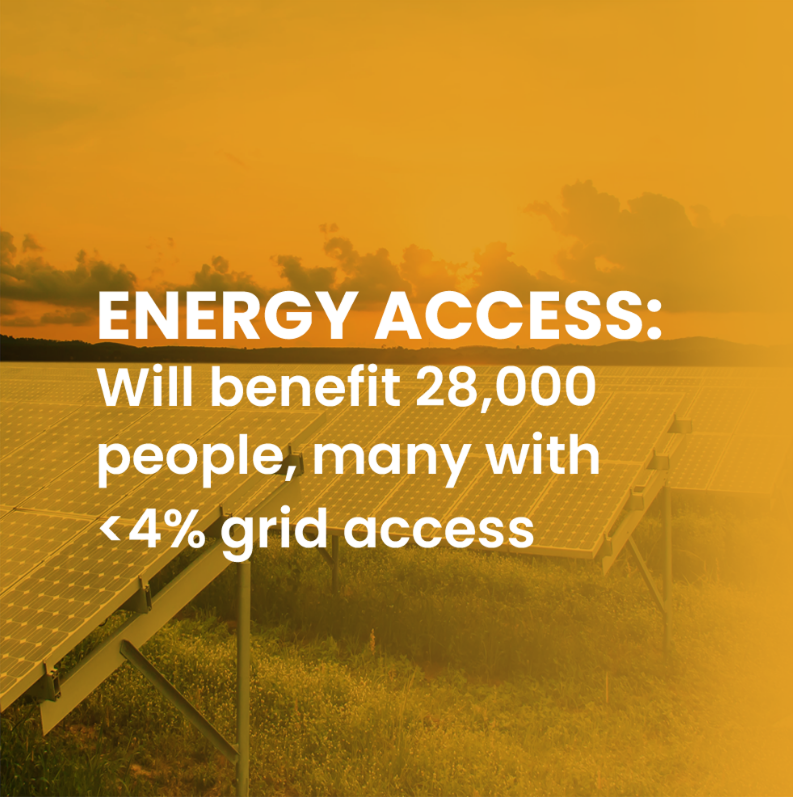
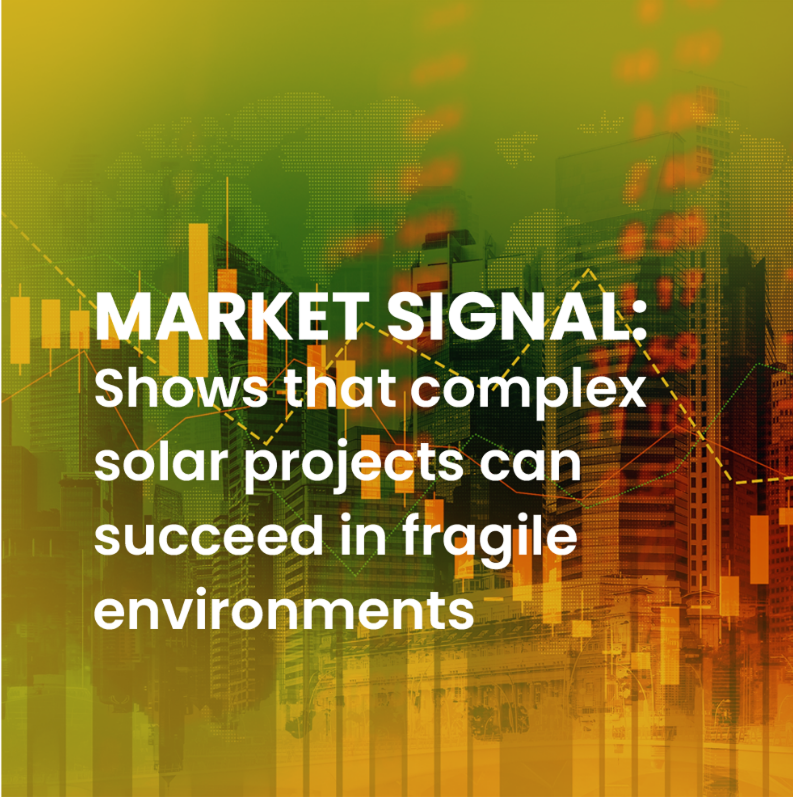

Voices from
the Ground
ISA’s catalytic funding made the Nuru Project possible by reducing financing risk, lowering electricity costs, and unlocking private capital. More than just a project, Nuru is a model for how solar innovation can transform lives, economies, and investor perceptions in underserved regions across Africa.
